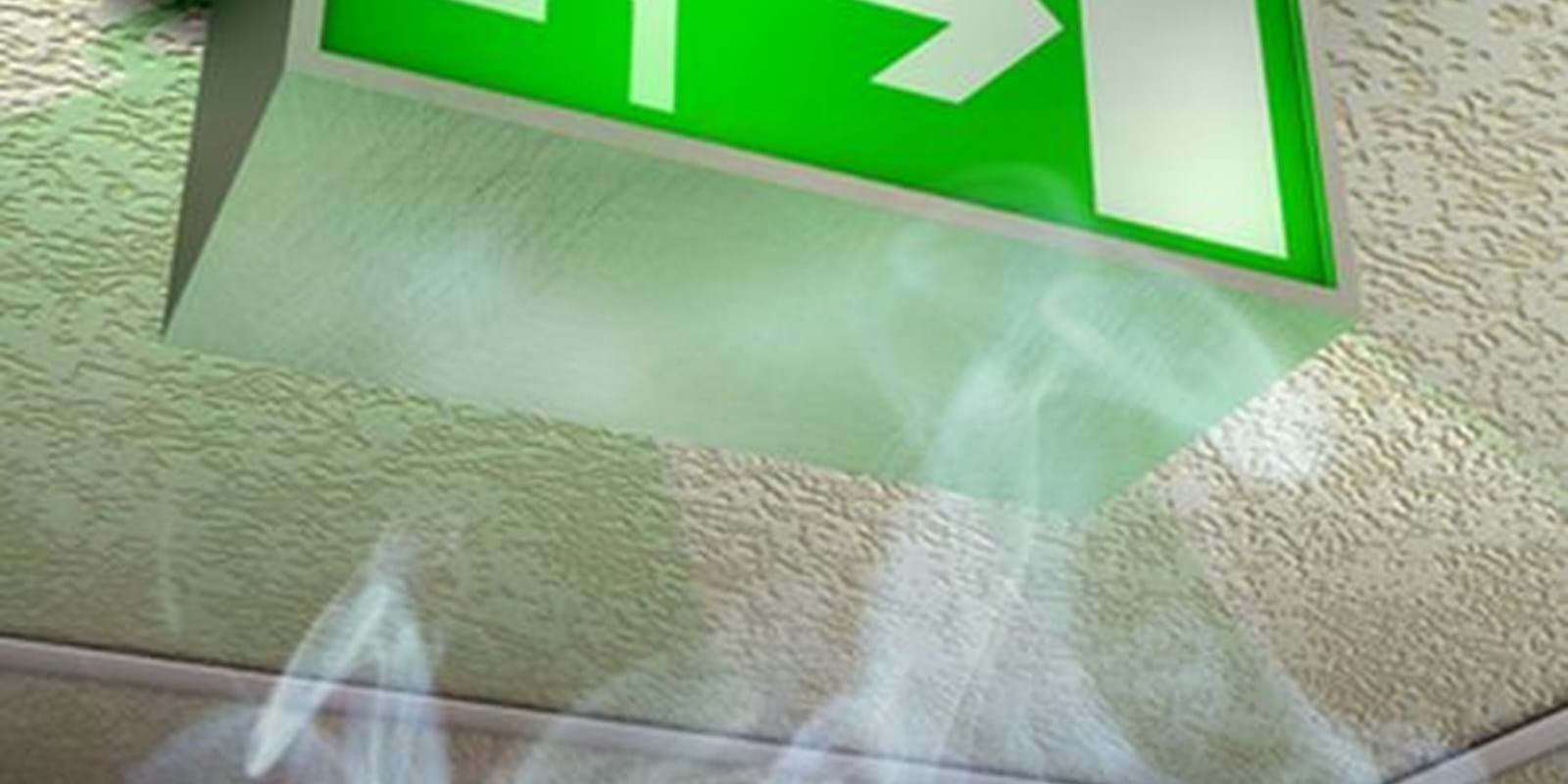This fact sheet will focus on fire protection in buildings with multiple residential units, such as apartment buildings, condominiums and retirement homes.
Automatic sprinkler systems
The very best fire protection system in any building is a complete and approved automatic sprinkler system, with a reliable and adequate water supply. Sprinklers help prevent injury and property damage. But these systems are the exception rather than the rule in residential buildings. They tend to be limited to high-end buildings and fire-resistant construction. The buildings most vulnerable to fire, constructed of combustible materials, rarely have sprinklers. Note that municipalities are increasingly adopting regulations, requiring sprinkler systems to be installed in certain new buildings, such as apartment buildings, and existing buildings, such as retirement homes.
Fire alarm system
If a building isn’t protected by an automatic sprinkler system, it must have an approved fire alarm system with smoke or heat detectors as well as manual fire alarms. These devices must be connected to a fire alarm panel in a suitable location (reception, main entrance, lobby, etc.). All devices and components, including the panel, must be approved by the Underwriters Laboratories of Canada (ULC). The alarm network must be connected to all rooms or units and the sound system must be loud enough to be audible. For people with hearing difficulties, alternative alarm devices equipped with strobe lights or other means to get their attention must be available. The fire alarm system should be checked annually by a qualified contractor.
Standpipe
A standpipe is a pressurized water pipe supplied by the municipal water supply or by a separate connection. It includes a fire hose system with 63.5 mm diameter connectors available for use by the fire department. It’s often equipped with 38 mm diameter hoses with a fire hose nozzle for building occupants to fight a fire until the firefighters arrive. All hose assemblies must be ULC approved and checked annually by a qualified inspector, who will put label on the extinguisher with the inspection date.
Portable fire extinguishers
Apartment buildings are classified as low-risk buildings, and portable fire extinguishers with a minimum rating of 2A10BC are required. There should be one fire extinguisher for every 300 m2 of floor area, and the nearest fire extinguisher should always be within 25 meters.
However, some areas of a building may be classified as medium-risk, such as commercial kitchens, public dining rooms, indoor parking garages, stores, workshops and equipment or storage rooms. In these areas, a portable fire extinguisher with a classification of 2A10BC or better must be available for every 150 m2 of floor area, and the nearest fire extinguisher should always be within 25 meters.
All extinguishers must be ULC approved and checked annually by a qualified inspector, who will put label on the extinguisher with the inspection date. Each fire extinguisher must be easily accessible and attached to a wall.
In collaboration with JEAN-JACQUES FOURNEL – safety expert
Warning
The information in this fact sheet is of a general nature and is provided for information purposes only. It is not exhaustive.
Join now
Not already member of the APQ ?
Take advantage of all our services by joining now

